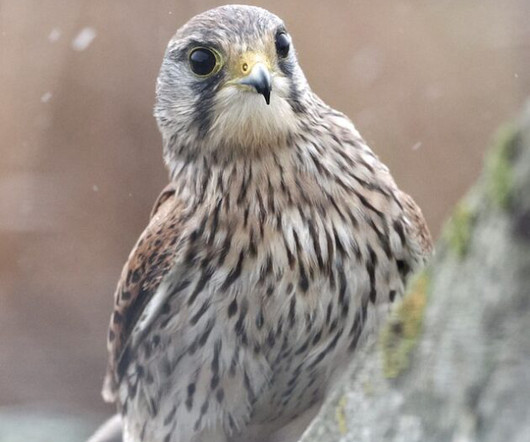A kestrel in the rain
10,000 Birds
NOVEMBER 8, 2023
In the Spring, the reserve is alive with nesting Redshanks , Skylarks , and displaying Lapwings , while Marsh Harriers cruise the reed beds looking for food for their young, and Brown Hares raise their young safe from men with dogs.














Let's personalize your content